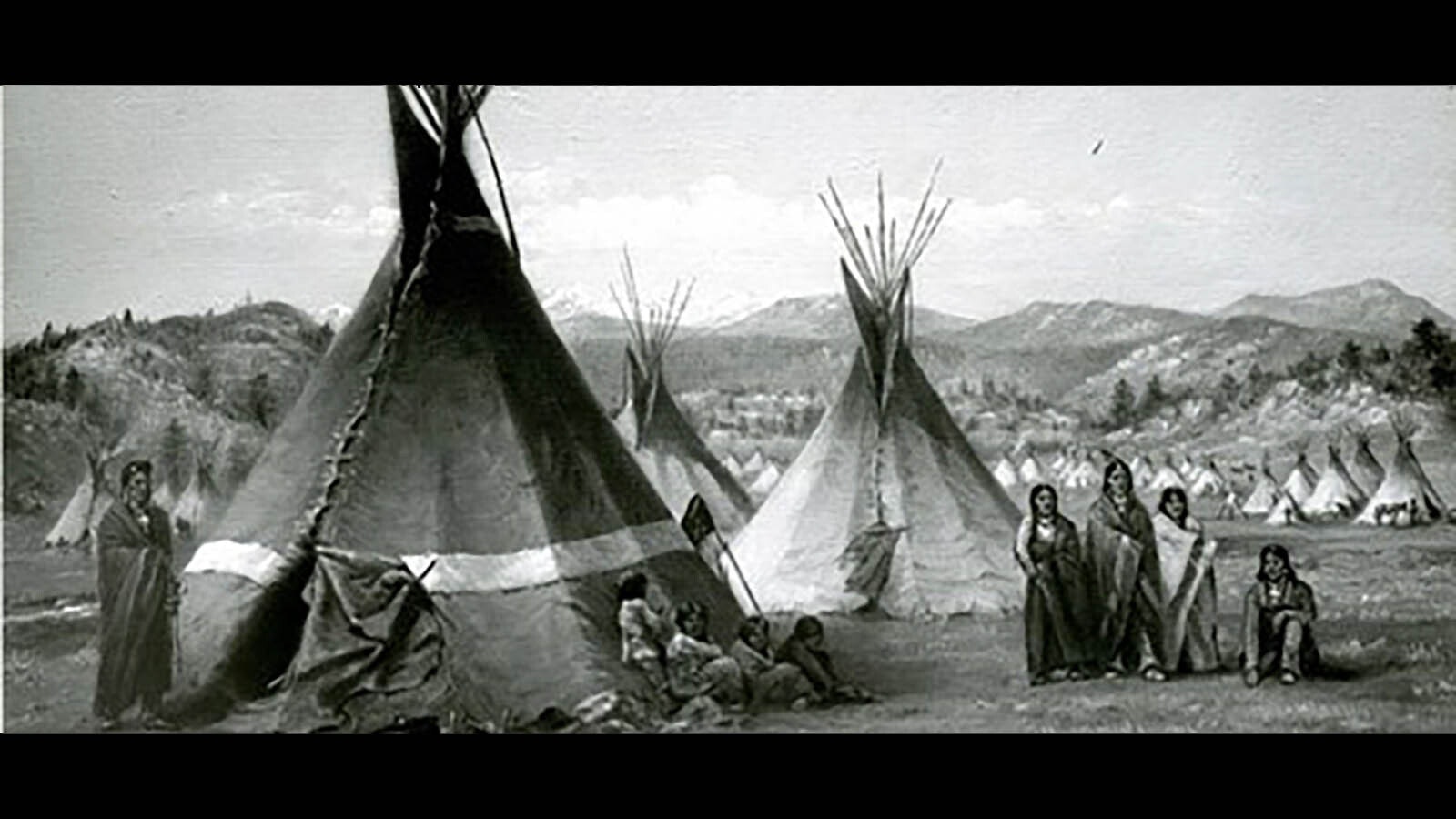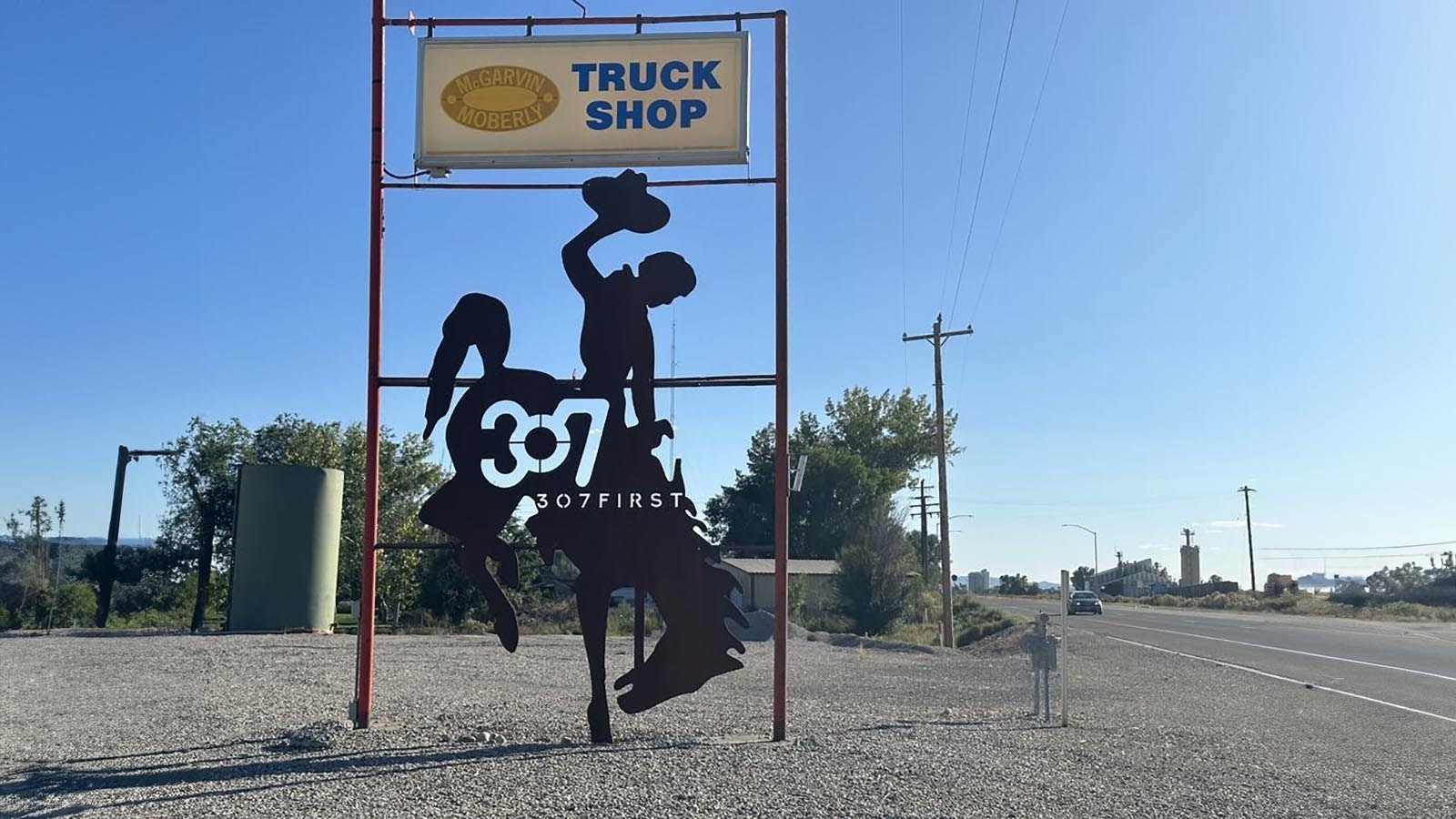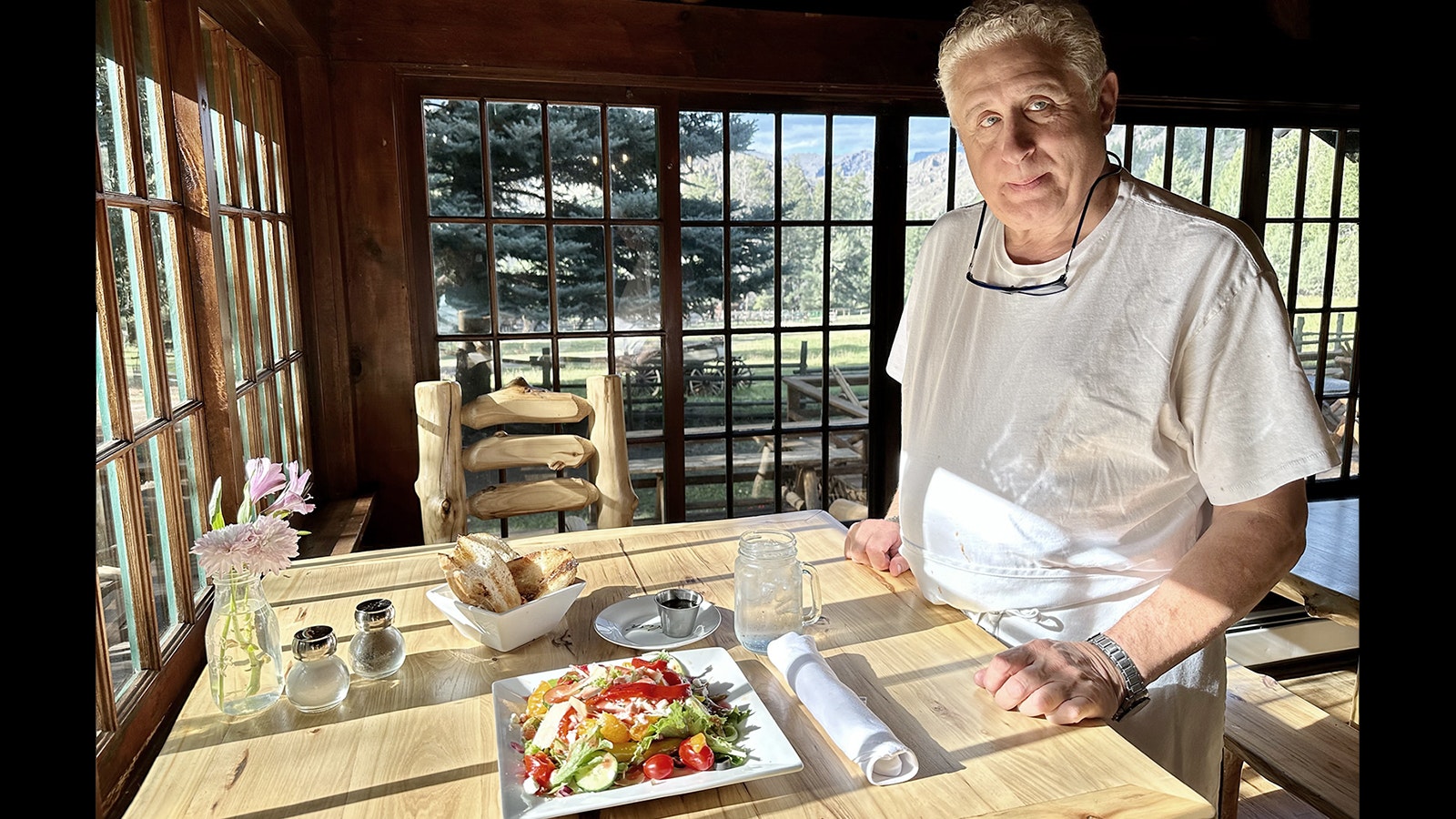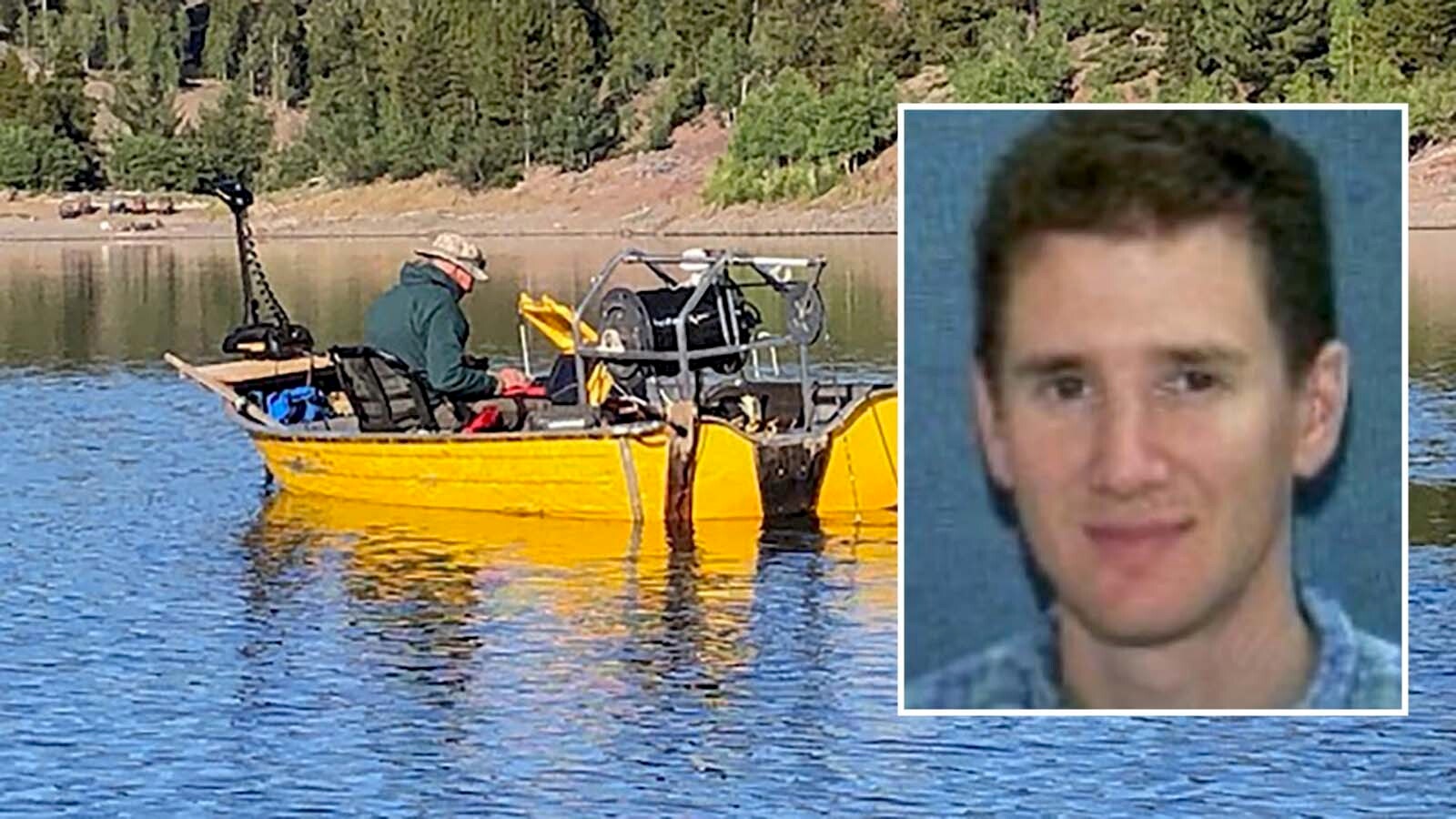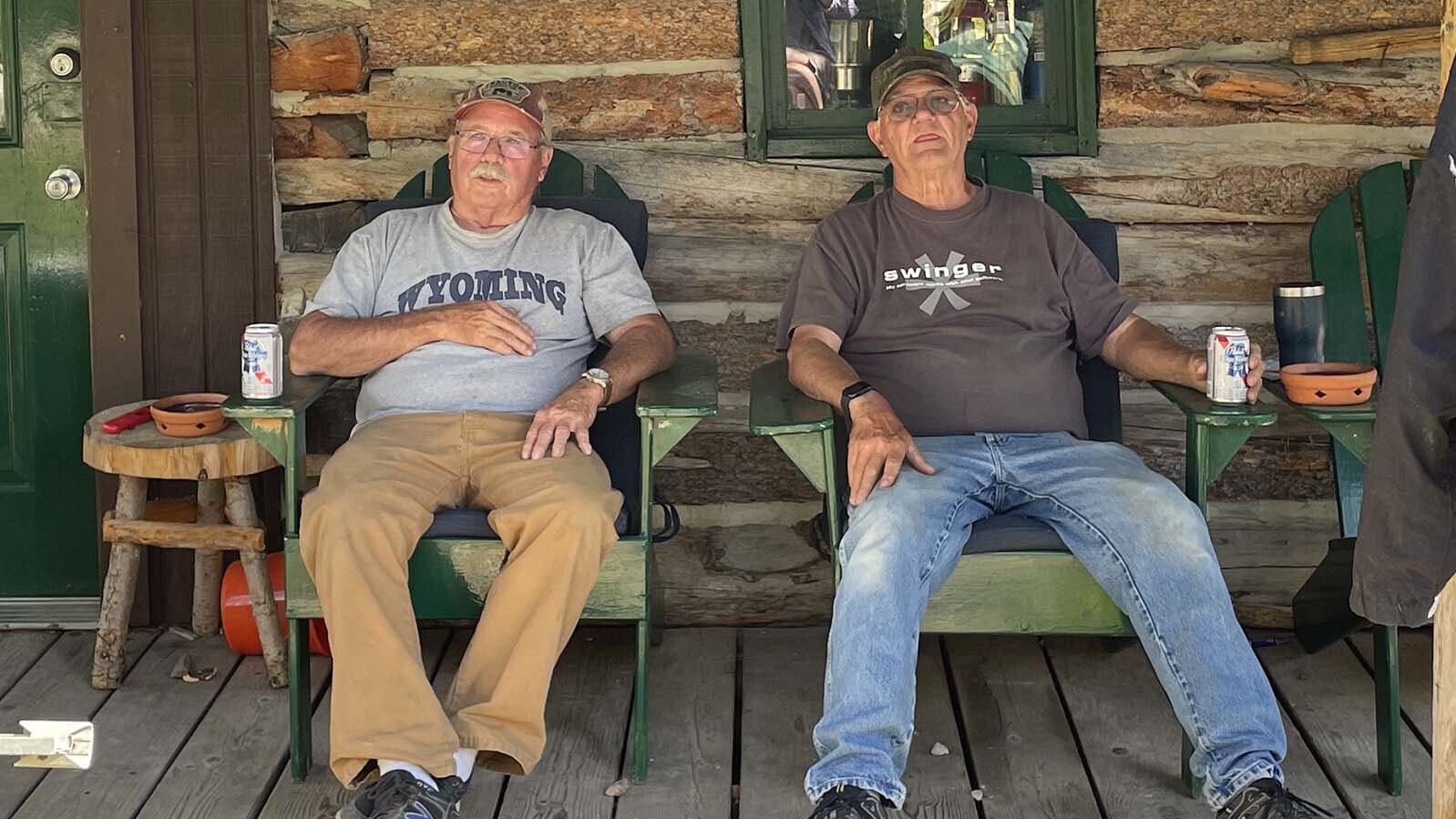Voices in a language she didn’t understand woke Emma Cowan early in the morning of Aug. 24, 1877. She was on a vacation in Yellowstone National Park with her husband George. When she peered out under the tent canvas, she saw Indians.
Emma knew they must be Nez Perce. Like other Montanans that summer, she knew the tribe had been forced out of its homelands in Oregon and was being placed on reservation lands in Idaho when various bands of the tribe joined together and fled across northern Idaho and into Montana.
They had engaged in fighting at White Bird Creek and near the Clearwater River in Idaho before crossing Lolo Pass over the Bitterroot Mountains and turning south to the Big Hole in western Montana.
There on Aug. 9, soldiers attacked the Nez Perce camp just after dawn, killing 80 people and forcing the tribal families to flee in their effort to elude the federal army commanded by Gen. O.O. Howard.
The Nez Perce in the Cowan camp were scouts, and they quickly forced the vacationing party to ride with them deeper into Yellowstone. Emma Cowan didn’t know it when she awoke, but before the day was over she would meet Chief Joseph, the most recognized of the Nez Perce leaders.

A Vacation In Yellowstone
That Montana summer of 1877 was hot and dry, the weather contributing to a grasshopper plague. The insects irritated 23-year-old Emma Cowan, so when her husband, George, a prominent attorney and former United States marshal, suggested a vacation to Yellowstone National Park, she readily agreed.
The Park had been established just five years earlier but had already attracted visitors anxious to see geysers, boiling springs, bubbling mudpots and wildlife. Emma invited her 13-year-old sister, Ida Carpenter, and brother, Frank, 27, to accompany her. They entered the Park on Aug. 9.
At dawn on that very day, troops led by Col. John Gibbon attacked the Nez Perce camp at the Big Hole in western Montana, killing more than 80 Indians. Chief Joseph almost single-handedly saved the horse herd during that attack. Then with Lean Elk, another of the Nez Perce leaders, Joseph organized the families and fled the scene.
From the Big Hole, the Nez Perce traveled south into Idaho Territory. Then they began traveling east and north, headed toward the country of the Crow Indians, whom they believed would provide a refuge from the continual pursuit of the army Howard led.
Unaware of the attack at the Big Hole, Emma Cowan and her family spent two weeks fishing, hunting, camping and exploring Yellowstone.
By Aug. 23, the tourist party had gathered at its main camp in the Lower Geyser Basin at the location of Fountain Flats just north of Old Faithful and spent what they expected to be their last night in the place they called “geyserland” sitting around the campfire, singing and telling stories.
Meanwhile, the Nez Perce had reached the Madison River Valley and followed the river into Yellowstone, where they located the Cowan camp in an area near Fountain Paint Pots and took the tourists into custody.
Once the Nez Perce scouts had captured the tourist group, they traveled north to what is now Nez Perce Creek, before they turned east and headed toward Mary Mountain. They were partway up the trail to Mary Mountain when Lean Elk told the Cowans they could leave.
Emma and her family backtracked until younger warriors surrounded them, shot George Cowan in the leg and then in the head, and threatened the others (some men with the Cowan party escaped during this period). Lean Elk and Red Scout had followed the tourists to see to their safety, came upon the attack and stopped the young warriors from further harming the tourists.
Chief Joseph ‘Somber And Dignified’
With Red Scout’s help, Lean Elk took Emma Cowan and Frank and Ida Carpenter back into custody, leaving George Cowan, who was presumed dead, beside the trail.
Now the Indians traveled mostly east until they camped, most likely in the Glen Africa Basin east of Mary Mountain. Here Emma Cowan found herself near the campfire of Chief Joseph, whom she later described as “somber and dignified.”
The Indian trail next crossed into the open meadowland of the Hayden Valley and turned south to the area of Mud Volcano.
In camp near the river, the Indians made the decision to release the Cowan siblings. The following morning, Lean Elk gave them two horses to ride, helped them cross the Yellowstone River, showed them a trail and told them to “go quick.” The young people made their way north steadily, but cautiously, until they met a military scouting party.
No Refuge With The Crow
The Nez Perce families then turned toward the Crow lands, traversing Pelican Valley and crossing Mist Creek Pass before following the Lamar River north.
The roaming Indian scouts ultimately came together with Chief Joseph and the main band of Indians as they all gave the Army the slip when they took a route through the rugged Clarks Fork Canyon that led the fleeing tribe back into Montana.
The time spent in Yellowstone was pivotal. It allowed the Nez Perce families an opportunity to rest a bit and for their horses to gain strength from the native grasses. The troops pursuing them found the injured George Cowan, ultimately reuniting him with his wife.
But the time with the tourists provided the military with important information that would ultimately lead to the capture of most of the tribal members.
The men who had been with the Cowans and who escaped from the tribal members when George Cowan was shot, and later the Cowans themselves, shared details about the Indians with the military.
That intelligence set up the final pursuit by General Howard, who had been on their tail from the beginning of their flight, and by Gen. Nelson Miles, who brought troops from the east.
Having learned while in Yellowstone that there would be no refuge with the Crow Indians, the Nez Perces now headed north toward the Missouri River and their next hope for refuge, this time with Sitting Bull in Canada.
They almost made it. Just 40 miles from the Medicine Line, which was their term for the border with Canada, a second army force led by Col. Nelson Miles overtook the Nez Perce, pinning them down for five days before Chief Joseph surrendered his gun and uttered the defining statement of his life: “From where the sun now stands, I will fight no more forever.”
Some tribal members with White Bird did reach Canada, but those with Joseph would ultimately be relocated to Indian Territory for several years before being allowed to return to Idaho and Washington.
Candy Moulton, author of “Chief Joseph: Guardian of the People,” is a lifetime member of the Nez Perce Trail Association.

Candy Moulton can be reached at Candy.L.Moulton@gmail.com.



